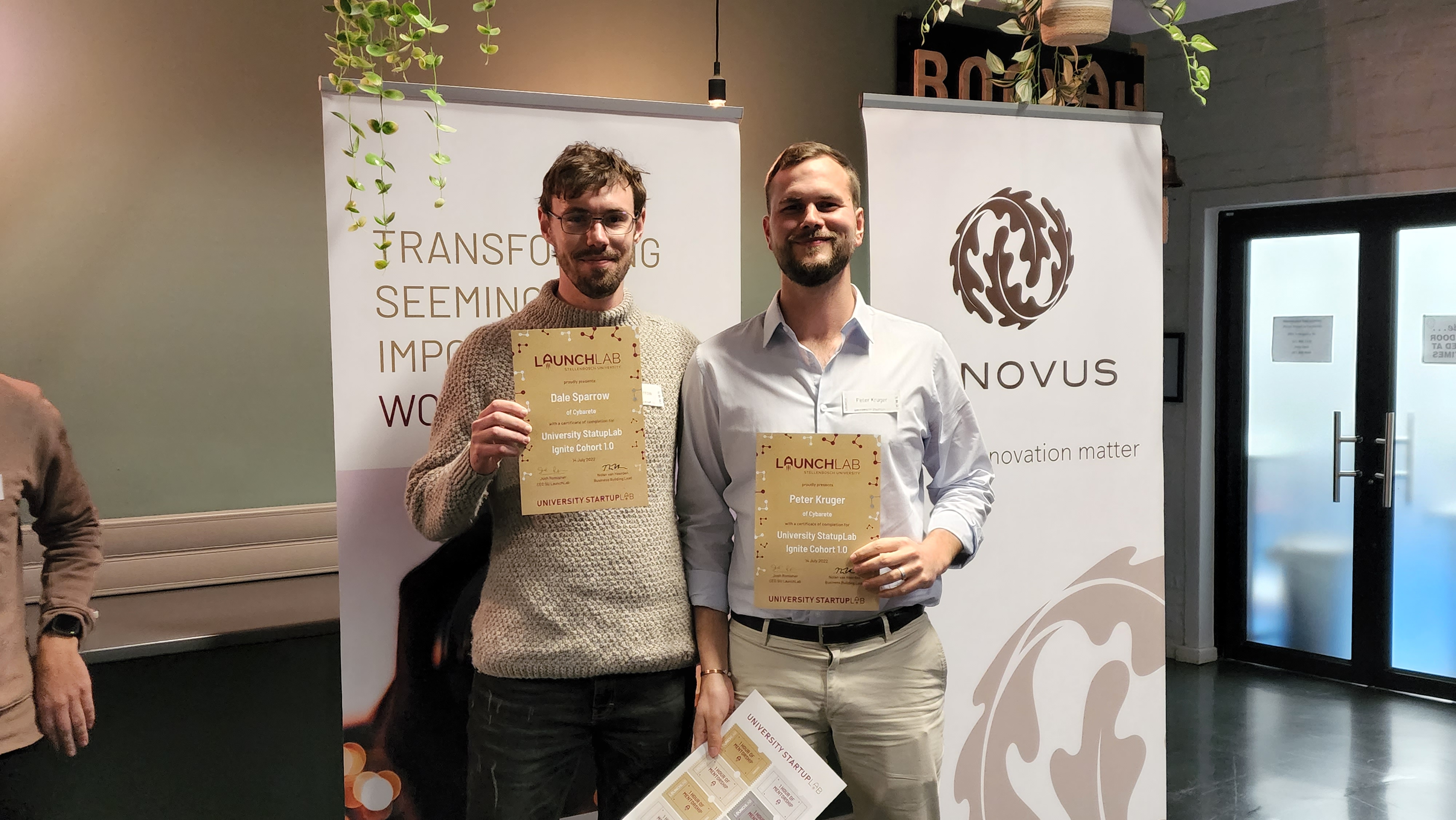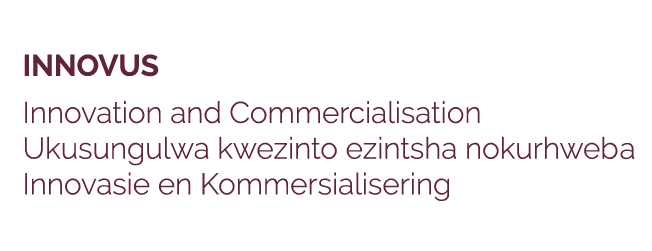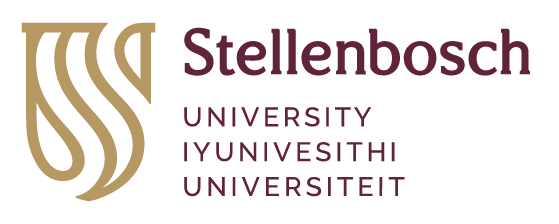Why doesn’t my coffee machine start brewing a pot when I wake up?
"My smartphone knows my location. My smartwatch can tell my temperature and heart rate. So, why doesn't my geyser start warming up when I'm on my way home from a jog, or my coffee machine start brewing a pot when I wake up?"
Questions like these (and his desire to be part of the first colony of humans on Mars) kept Dr Dale Sparrow awake at night and led to completing his master’s and PhD studies in a record three years. His research focused on the integration of humans into Industry 4.0 environments. He developed an architecture, inspired by holonic design principles, that elevates humans to a cyber-physical level. His ingenious work led to establishing the Stellenbosch University and Innovus spinout compary Cybarete.
School was not one of Dr Sparrow's favourite activities as he found it a bit boring, but when he sat in one of SU's engineering faculty's lecture rooms, he felt right at home.
"Here, for the first time, I was explained how we creatively use the laws of nature to make the world a better place and satiate our curiosity. I realised that here I will learn skills to solve real problems." [SD[1]
Dr Sparrow, who views scientists as interrogators and engineers as the translators, developed his Biography- Attributes- Schedule- Execution (BASE) architecture for his PhD under Dr Karel Kruger, senior lecturer at SU's Department of Mechanical and Mechatronic Engineering. BASE automates humans' administrative tasks and allows them to communicate with machines and systems in their environment. Some of Dr Kruger's students use BASE currently in their master's and PhD research programmes to solve problems.
Dr Kruger discovered Dr Sparrow after presenting his final year thesis project at the engineering faculty's annual prizegiving. "I realised Dr Sparrow is the student I was looking for to build the virtual bridges needed in the I4.0 world, between humans and machines." Dr Sparrow's final year project was an auto-targeting paint-ball gun called the Sentinel auto-turret, which fires accurately at moving targets.
Says Dr Sparrow: "A human being is the most creative problem-solving creature. You cannot merely plug a cable in a person and give them commands or read data from them. My challenge was integrating digital systems with human beings, allowing them to cooperate in a way that maximises their respective strengths – humans solving unpredictable problems in creative ways, and machines accurately and reliably performing computations or repetitive strenuous tasks.
"Dr Sparrow's BASE is an architecture through which we can build a digital representation for a person which can support them in their tasks and integration with other entities in the digital world across time and space. It allows people and machines to plan activities together, execute them in collaboration, and reflect accurately on completed activities to learn from them," says Dr Kruger.
Being a big gamer himself, Dr Sparrow likes to refer to the gaming environment to explain some of his thinking that led to the development of BASE:
"Game developers define the laws of the universe in which their creations live. This makes it easy for one game entity to react and interact with another seamlessly (whether it's two players or a player and the environment). In the real world, you must comply with the laws of physics and their limits; you can't just code away a law that restricts you. That is where BASE comes in: to integrate everything that works together on a factory floor – including the humans – you need a common platform where communication and decisions can be controlled."
It is almost like you have a digital personal assistant to represent you: a program in control of all the data required to represent you and how you want to interact with other humans or machines. We call this program a BASE. Your BASE collects required data from you, talks to BASEs that may represent an aircon, coffee machine, factory robots etc.., and talks to them about what you need or vice versa. In this way, dynamic relationships between resources can be formed around a problem or activity.
Dr Sparrow uses the factory floor to explain the concept in layman's terms. "A factory worker walks towards a machine, and the sensor picks up that the machine is about to break down. As his BASE tells him, he has the skills to fix the machine, directs him to pick up the right tool, and he fixes the problem. Now the tool falls on his foot, and when the ambulance picks him up, a different sensor in the vehicle extracts the information needed by the hospital, so by the time the patient arrives at the hospital, his information is already on the form – saving you 45 minutes to fill in a form on paper."
In another example, your BASE can collect data on the environment around you, such as exposure to chemicals, dust, or even your fatigue. If you go to a clinic, your BASE follows you. It can present this data to a healthcare practitioner for a better diagnosis which we have already demonstrated to be highly valuable to the mining industry.
With BASE, decision-making and data are in the same place, something you do not often find in standard software systems. It has applications in agriculture, facilities management and even on big cruise ships, where it can help determine future routes that will cause the least discomfort for passengers.
In a world where humans are trying to make sense of their environment, measuring almost everything is possible, from your electricity consumption to your water usage. All this data is in different silos and extracted when an analyst needs them. With the BASE architecture, the data about a resource or an activity is owned by that resource or activity; therefore, analysis and decision making is easy to add and modify.
Says Dr Sparrow: "Every business has unique processes and decisions. We offer a way to optimise, clarify, and automate these operations for an unmatchable bespoke solution.
Incubated and supported by Innovus’s Technology Transfer Office at Stellenbosch University, Cybarete is revolutionising how organisations, environments, and industries maximise the use of the incredible technological advancements made in the last decade. "The issue the world faces now isn't lack of brilliant new inventions. The issue is how you get it all to work together," said Dale.

Innovus, Stellenbosch University
|
15 De Beer Street
Stellenbosch
7600
South Africa
|
PO Box 3135
Matieland
7602
South Africa
|
|
t +27 (0) 21 808 3826
e info@innovus.co.za
e forms@sun.ac.za |

